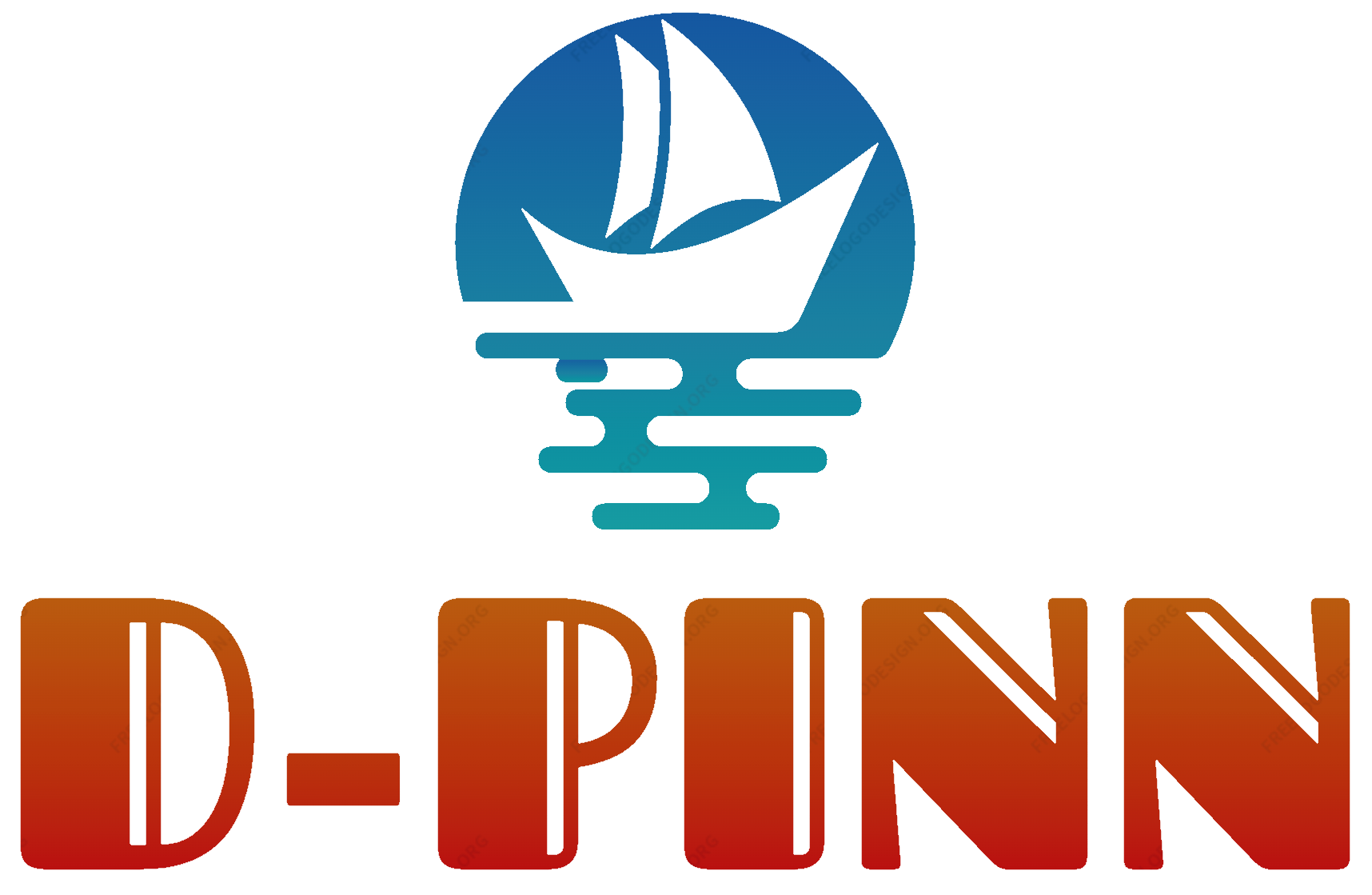As a car owner, it’s crucial to understand how insurance plays into the collision repair process. It is especially true if you have collision coverage.
Generally, collision insurance covers the actual cash value of your car minus any applicable deductibles. Insurance companies have contracts with local repair shops and aim to meet quotas and goals to secure discounted labor, parts, and materials costs.
What to Do After the Accident
Car accidents can be upsetting for drivers and those who witness them. In the hours and days after a crash, victims may experience symptoms like anxiety and depression.
It’s important to know what to do after a collision to protect your rights and interests as you deal with the aftermath. In addition to ensuring your safety, there are steps you can take to help ensure your legal rights are protected if you file an insurance claim for damages.
If it’s safe, move your vehicle to a precise location away from traffic. It is crucial if your car has become a road hazard. If possible, you should also get a good look at the scene and the damage to your vehicle. Ideally, it would be best to use your smartphone to capture pictures of the accident scene and damage to your car, as well as any skid marks or debris on the street.
What to Expect From Your Insurance Company
Sometimes, your insurance company may contact you directly, but they often rely on a claims adjuster to handle the claim process. Your insurance adjuster will review your policy and conduct a damage evaluation. It is typically done with the help of professionals, including appraisers or engineers.
For your collision repair Coshocton, OH, your insurance company may recommend a favored business; however, you are under no obligation to take their advice. Choosing the shops suggested by the insurer may lead to repairs that are of poorer quality and will ultimately cost you more.
It is essential to make permanent repairs only after your insurance adjuster has had a chance to inspect the damages. If you do, the insurance company may deny your claim. It increases their likelihood of a successful insurance claim settlement.
What to Do if You’re Uninsured
In some cases, if you are uninsured, the insurance company may decide not to pay your claim. They have to balance the number of claims settled against their costs of assuming the risk for many insureds, a process known as actuarial forecasting.
The insurance companies pool their clients’ risks to make the insurance cost more affordable. It allows many people to afford the protection of a policy and helps them recover from unavoidable disasters or unexpected medical bills.
If you are facing an unexpected event, having insurance can be a valuable safety net. However, if you need the necessary knowledge and assistance, navigating the claims procedure can be easy. Certain firms help clients provide their best evidence to back up their claims and fight back against denials from insurance companies. It is more likely that your insurance coverage will be acknowledged and rewarded if you do this. It facilitates a more seamless insurance transaction for all parties. For people who reside in states with no-fault auto accidents, it is crucial.
What to Do if You’re Injured
Safety should always be your number one priority after any accident. If you are in a car accident, even a minor collision can result in serious injuries that should not be ignored. Once everyone involved is safe, the following steps should be to determine who is at fault and file the appropriate paperwork. To help speed up the claims process, it’s a good idea to take pictures of the scene and any vehicle damage if it’s safe. It would be best if you also tried to get the contact information for any witnesses. Their input can make all the difference in a claim, and they can provide invaluable insight into how the collision happened.
Pull your car off the road and into a safe spot out of the way of traffic. If you cannot do so or it’s unsafe, try to find another safe place nearby to park on foot. Use your hazard lights and remove emergency flares or triangles in your vehicle. It will help to protect the evidence of the crash from being disturbed.

